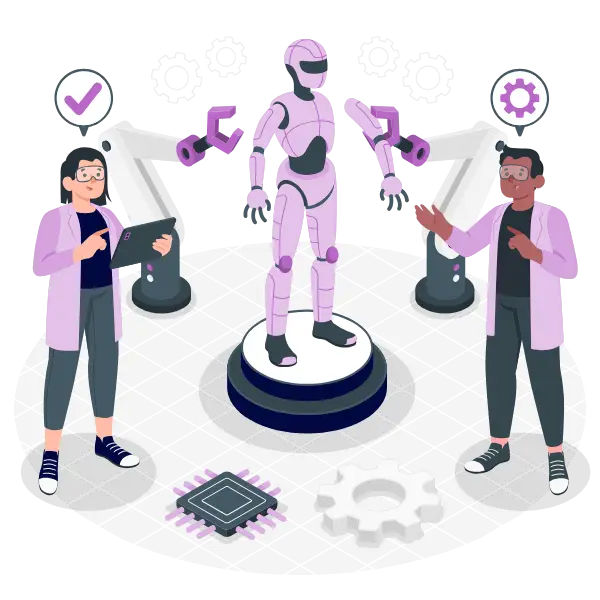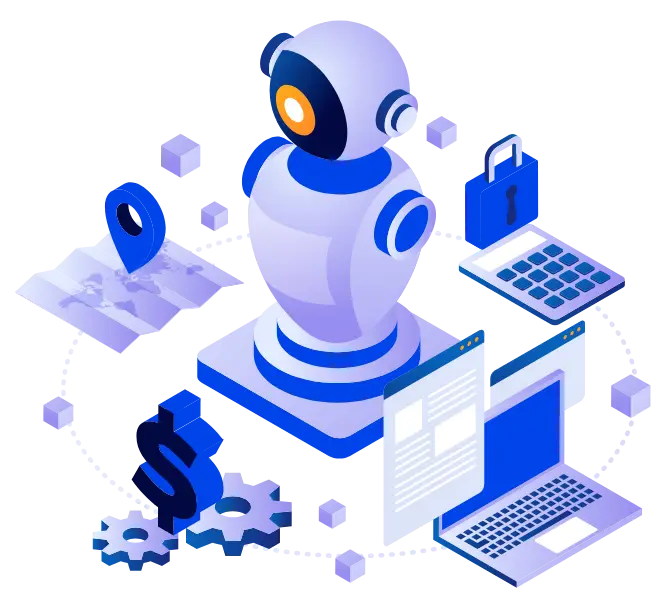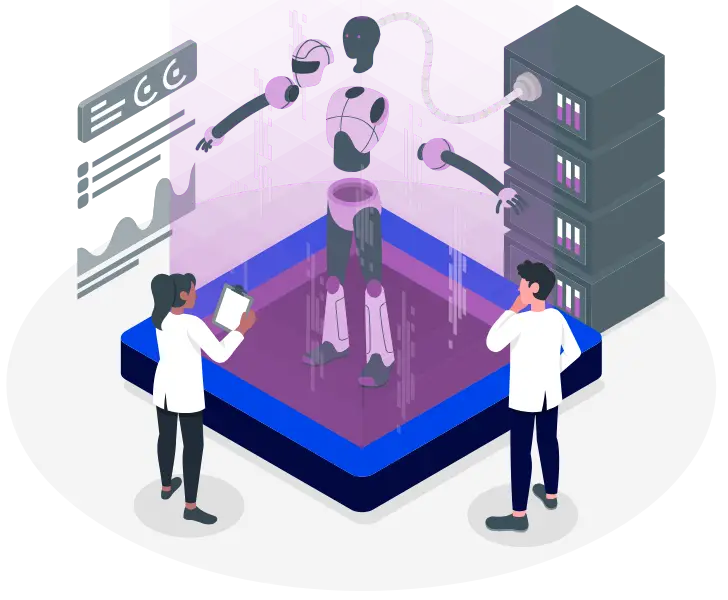Generative AI Development
These systems are built using advanced machine learning models, particularly those based on neural networks like GANs (Generative Adversarial Networks), VAEs (Variational Autoencoders), and large language models (LLMs) such as GPT, BERT, or DALL·E.







